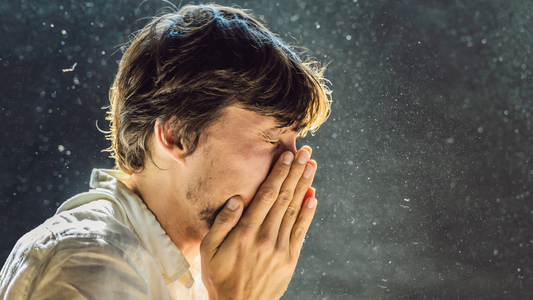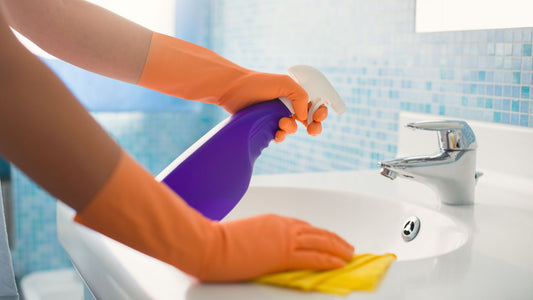
Disinfection in practice and in everyday life: How to clean and protect effectively
Disinfection made easy: a safe hand pressure in times of hygiene
In today's time, in which hygiene and cleanliness are more important than ever before, many of us wonder how we can protect ourselves and our loved ones. It's not just a topic for medical staff or cleaning staff; It affects all of us every day.
Why is disinfection so important?
Hand disinfection is a simple but essential step to prevent the spread of pathogens. Just think about how often you shake your hands in the day, touch things and then maybe even your face. The hands are the main transmitter of germs, so it is crucial to keep them clean.
Pathogens are microscopic, but their effects can be significant. From colds and flu to more serious diseases, a lack of hygiene can lead to a variety of health problems.
Product variety on the market
There are a variety of disinfection products on the market that were specially developed for different requirements. Some are designed for the medical field, others for everyday life. When choosing, it is important to know what type of protection you need and how often you will use the product.
The difference between the products can be the composition of the ingredients. Some can contain alcohol, others are not. There are also differences in consistency: some are liquid, others are gel -like. It is also important to pay attention to the expiry date and to ensure that the product has not expired.
The right technology for hand disinfection
But how do you disinfect your hands properly? It is not sufficient to just drop some disinfectant on it and to rip it quickly. Effective cleaning requires technology. You have to ensure that you treat every area of your hands, including the finger rooms and nails, thoroughly. Detailed cleaning should take at least 30 seconds.
The palms should be cleaned first, followed by the fingernails and the back of the hand. It is also important that you do not forget your thumb because they are often overlooked. After you have thoroughly rubbed the disinfectant, let your hands dry in the air. Avoid drying it off with a towel, as this can affect the effectiveness of the agent.
Alternative disinfection methods
There are also moments when we have no access to water or a sink. In such situations, disinfection towels or gels are a good alternative. They are practical, easy to wear and offer quick protection when needed.
The use of towels can be particularly useful if you are on the go or have no access to liquid disinfectants. They are often available in small, portable packs and can easily be stowed away in a bag or backpack.
Disinfection gels, on the other hand, often offer more intensive cleaning and can kill bacteria and viruses more effectively. They are often available in larger bottles and can be kept at home or at work.
Disinfection beyond the hands
In addition to our hands, we also have to take other areas of the body and objects into account, which we often touch or use. Mouth protection, personal objects and frequently touched surfaces should also be cleaned and disinfected regularly.
Think of all the things you touch every day: your cell phone, your keyboard, the door handle, light switch and much more. All of these objects can accommodate germs and should be cleaned regularly.
Mouth protection, especially in times of epidemics or pandemics, should be cleaned or replaced after each use. If you have a reusable mouth protection, wash it thoroughly after each use and let it dry completely before using it again.
Create a healthy environment
In summary, in a world in which cleanliness and hygiene are in the foreground, we should all take the necessary steps to protect ourselves and the people around us. A small step, such as regular disinfecting your hands, can make a big difference. Be proactive, be sure. Each of us can make their contribution.
A clean environment not only helps prevent diseases, but can also contribute to a general feeling of well -being. A clean home or workplace can reduce stress and increase productivity.
So the next time you disinfect your hands or clean your workplace that it is not just about preventing diseases. It is about creating a healthy and happy life for you and the people around you.




















